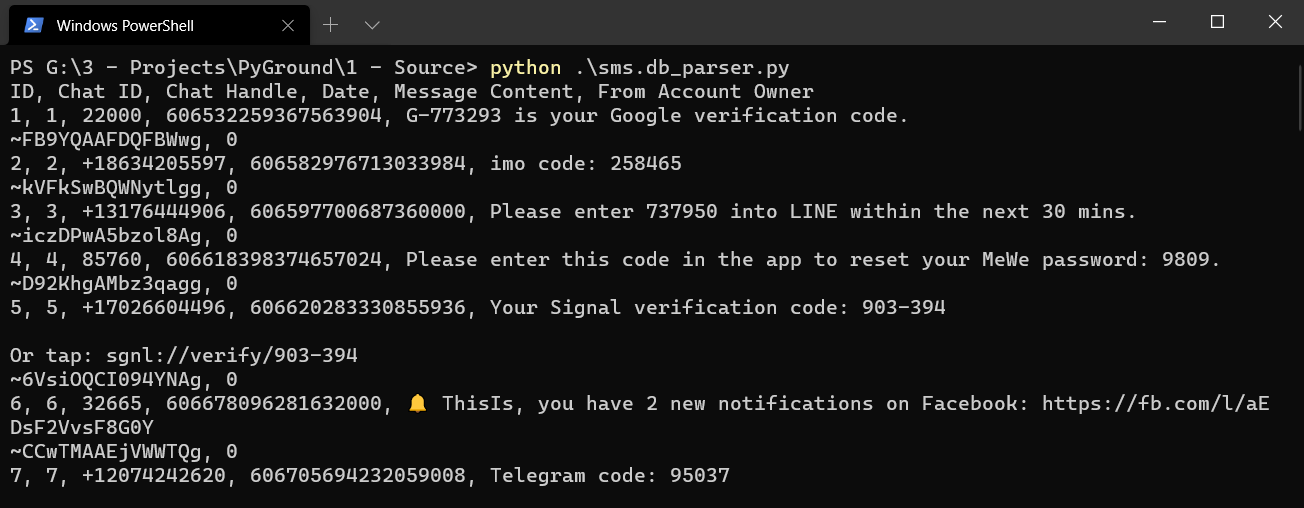

fetchall () print (temp123) cursor.execute ('SELECT FROM member ORDER BY -code') temp321 cursor.fetchall () mit print (temp321) conn. Note that when sorting in descending order in SQLite, NULLs are displayed last. To sort the records in descending order, use the DESC keyword. import sqlite3 conn nnect ('sqliteDB1.db') cursor conn.cursor () cursor.execute ('SELECT FROM member') temp123 cursor. Here's what the whole query should look like: To change the order to descending, use the DESC keyword after each column in the ORDER BY clause. This way, you can sort the rows in ascending order by date. You can use it when sorting the rows by date, that is, by year, numerical month, and day. This is how you convert a month name to a month number. After you finish converting all the values, remember to use the END keyword to close the CASE WHEN clause. Here, the column is exam_month, the current values in this column are ' January', ' February', …, ' December', and the new values are the numerical months 1, 2, …, 12. Then, after each WHEN, state the value in this column, use the THEN keyword, and specify the new value you'd like to assign instead of the old one. After the CASE keyword, specify the name of the column. You can convert month names to numerical months with a CASE WHEN clause. SQLiteORDER BY clause is used a column in ascending or descending order based on one or more of data. To sort the rows by exam date, you need to sort first by year, then by numerical month (not month name), and finally by day. The result looks like this (the rows are sorted in ascending order by exam_year, exam_month, and exam_day): subject The months are given in names, not in numbers. The exam table has the following columns: subject, exam_year, exam_month, and exam_day. DESC is used to sort the data in descending order. By default, ORDER BY sorts the data in ascending order. The ORDER BY statement is a SQL statement that is used to sort the data in either ascending or descending according to one or more columns.

To sort the result set, you add the ORDER BY. In this article, we will discuss ORDER BY clause in SQLite using Python. If you use the SELECT statement to query data from a table, the order of rows in the result set is unspecified. It means that the rows in the table may or may not be in the order that they were inserted. Also, the rows with the same exam_date are displayed in random order (you may see Science second and Health third, or Health second and Science third). SQLite stores data in the tables in an unspecified order. Note that in SQLite, NULLs are displayed first when sorting in ascending order and last when sorting in descending order. If you'd like to see the latest date first and the earliest date last, you need to sort in descending order. You could also use the ASC keyword to make it clear that the order is ascending (the earliest date is shown first, the latest date is shown last, etc.). This way, you'll sort the data in ascending order by this column. Use the ORDER BY keyword and the name of the column by which you want to sort.
PYTHON SQLITE ORDER BY UPDATE
Prepare a SQL Update Query Prepare an update statement query with data to update.
PYTHON SQLITE ORDER BY HOW TO
The result looks like this (the rows are sorted in ascending order by exam_date): Subject To perform SQLite UPDATE query from Python, you need to follow these simple steps: How to Update SQLite Table in Python Connect to MySQL from Python Refer to Python SQLite database connection to connect to SQLite database from Python using sqlite3 module. The exam table has two columns, subject and exam_date. If either condition1 or condition2 is true, OR will be true. Using SQLite with Python brings with it the additional benefit of accessing data with SQL. This tutorial shows you how to use SQLite ORDER BY clause to sort the result set using a single column, multiple columns in ascending and descending order. When the OR operator is used, the entire condition is deemed to be true if at least one of the conditions is true. In this tutorial, youll learn how to store and retrieve data using Python, SQLite, and SQLAlchemy as well as with flat files. In an SQLite statement's WHERE clause, the OR operator is also used to combine numerous criteria. For example, only when both condition1 and condition2 are true will AND be true. When utilizing the AND operator, the entire condition is deemed to be true if all of the conditions are true. In an SQLite statement's WHERE clause, the AND operator permits many conditions to appear. These operators allow you to do several comparisons in the same SQLite statement using various operators. Conjunctive operators refer to these two operators. Multiple criteria are compiled using SQLite AND & OR operators to limit down the selected data in an SQLite statement.


 0 kommentar(er)
0 kommentar(er)
